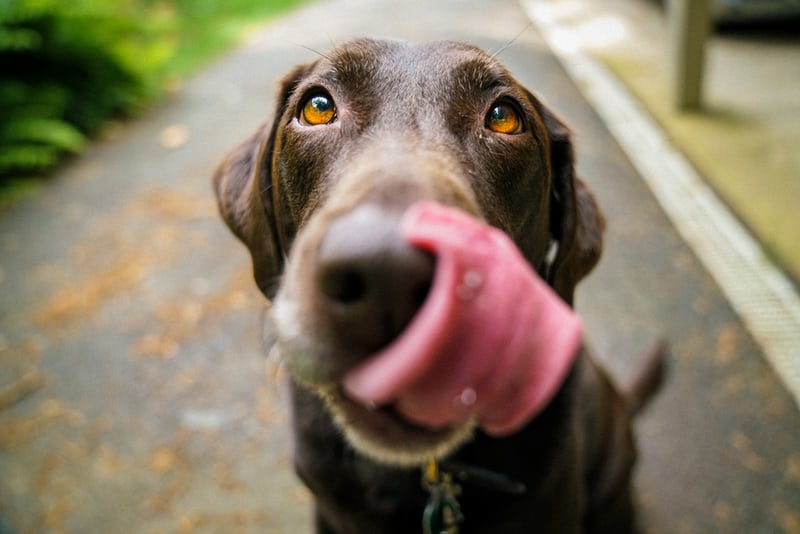We need to ensure that our pet’s teeth remain as healthy and functional for as long as possible, as well as to prevent dental plaque and tartar buildup and dental and periodontal disease. Our pets need regular and consistent dental care. Learn more about dental care for pets.
Maintaining Pets’ Dental Hygiene
On the subject of pet dental care, there is a lot of conflicting information. When you walk into any pet store or supermarket, you will find a bewildering variety of products for dogs and cats, all promising to meet their dental hygiene needs.
1. Suitable Food
Scientific evidence supports using food to maintain your pet’s dental hygiene. When chewed, Royal Canin Dental biscuits’ distinctive shape, size, and texture produce a mechanical brushing effect on teeth, aiding in removing tartar and plaque. Additionally, adding a specific nutrient that effectively reduces plaque deposits contributes to the reduction of tartar.
2. Plaque Off
The effectiveness of these products has been demonstrated in two ways: by reducing the overall bacterial loads in your pet’s mouth, which helps with bad breath, and by softening plaque on the tooth surface. An appropriate diet, regular brushing, or chewing can more easily remove plaque if it is soft.
3. Chews and Bones
Products that encourage your pets to chew are good for them, which help spread protective saliva around teeth and rub plaque off them. Not every dog or cat can eat bones; some people cannot consume them due to a medical condition or gastrointestinal sensitivity. Additionally, bones can cause dental fractures, choking hazards, and ingestion injuries. We advise choosing the dental chews offered at your neighborhood pet store.
If you want to discuss your pet’s particular requirements or are looking for a surgeon for cats, don’t hesitate to contact the veterinary healthcare team for recommendations.
4. Pet’s Teeth Cleaning
Because plaque begins to build up 12 hours after a scale and polish or brushing, it should be no surprise that dogs and cats benefit from routine tooth brushing. Brushing is the “gold standard” method for cleaning your pet’s teeth. We brush our teeth twice daily, so your pet should also have vet dentistry care.
Along with various styles and dental pastes, many different kinds of dental brushes are available. A double-headed toothbrush and toothpaste specially formulated for your pet’s mouth are typically included in pet dental kits. Other tools include finger brushes.
It is important to remember that cats and dogs cannot use fluoride toothpaste made for humans, so you must choose a pet-specific dental paste. From an early age, you must teach your pets to accept having their teeth brushed. It is ideal to start as a puppy or kitten, and gradually creating a system is crucial.
Why do you need to brush your pet’s teeth?
Dental home care must prevent bacteria from growing on the teeth. White blood cells are drawn to bacteria, causing the pus and inflammation we observe. The teeth are paradoxically unaffected by the pus. However, the nearby bone and gums may suffer significant damage. Gum and bone loss result from this, which over time becomes so severe that teeth begin to fall out.
Periodontal disease, the most widespread illness in the world, is the name of the entire process. You should therefore brush your pet’s teeth. Cleaning becomes exceptionally crucial for older animals and animals suffering from other illnesses. You can go now to a veterinary internal medicine if you suspect any illness from your pets.
Conclusion
If your dog or cat is older than two years old, there is a chance that they may have some dental disease. Take care of their teeth just as you would your own. The secret to ensuring that your dog’s gums and teeth remain healthy is incorporating a dental care product into their daily routine.



